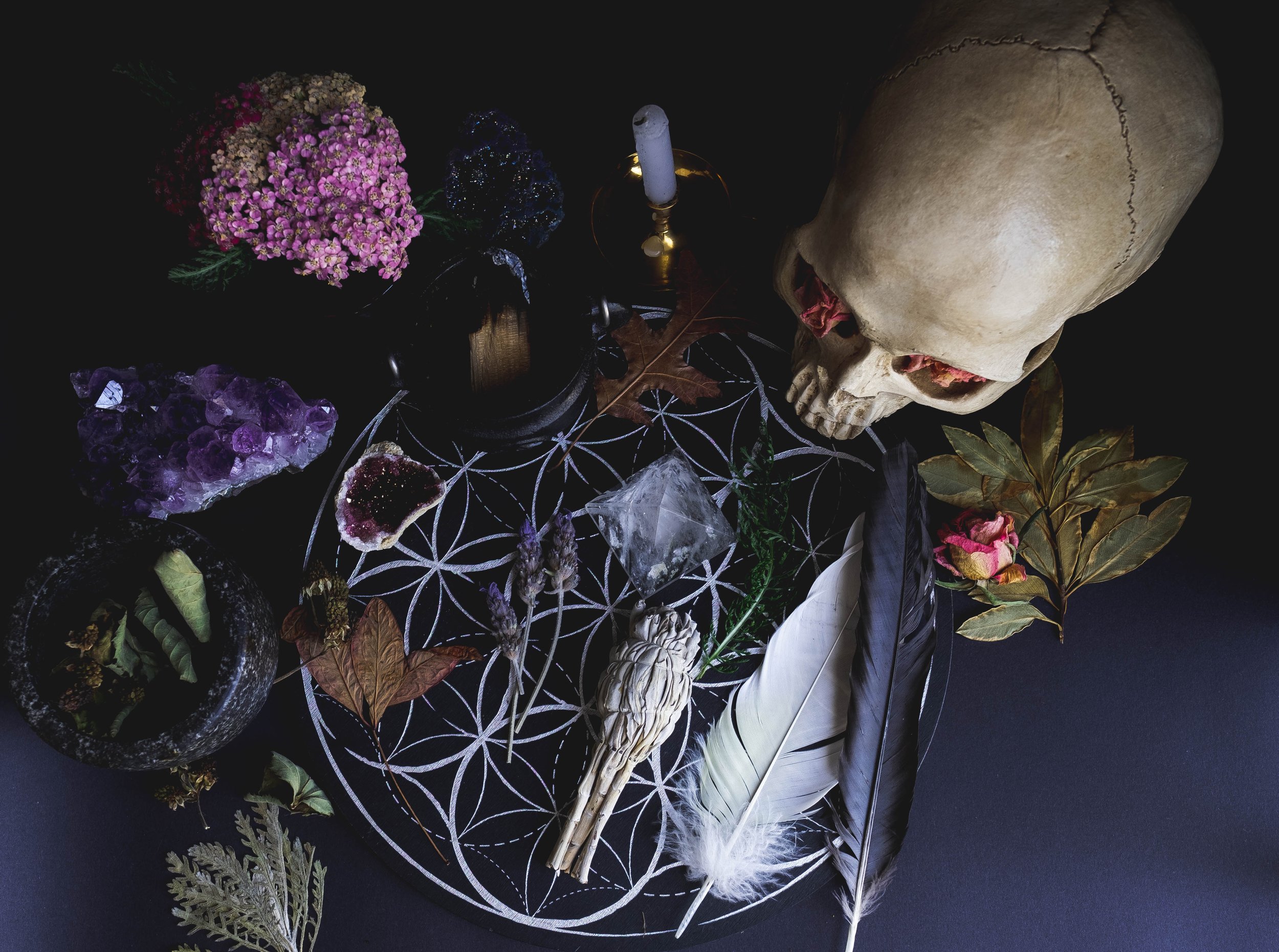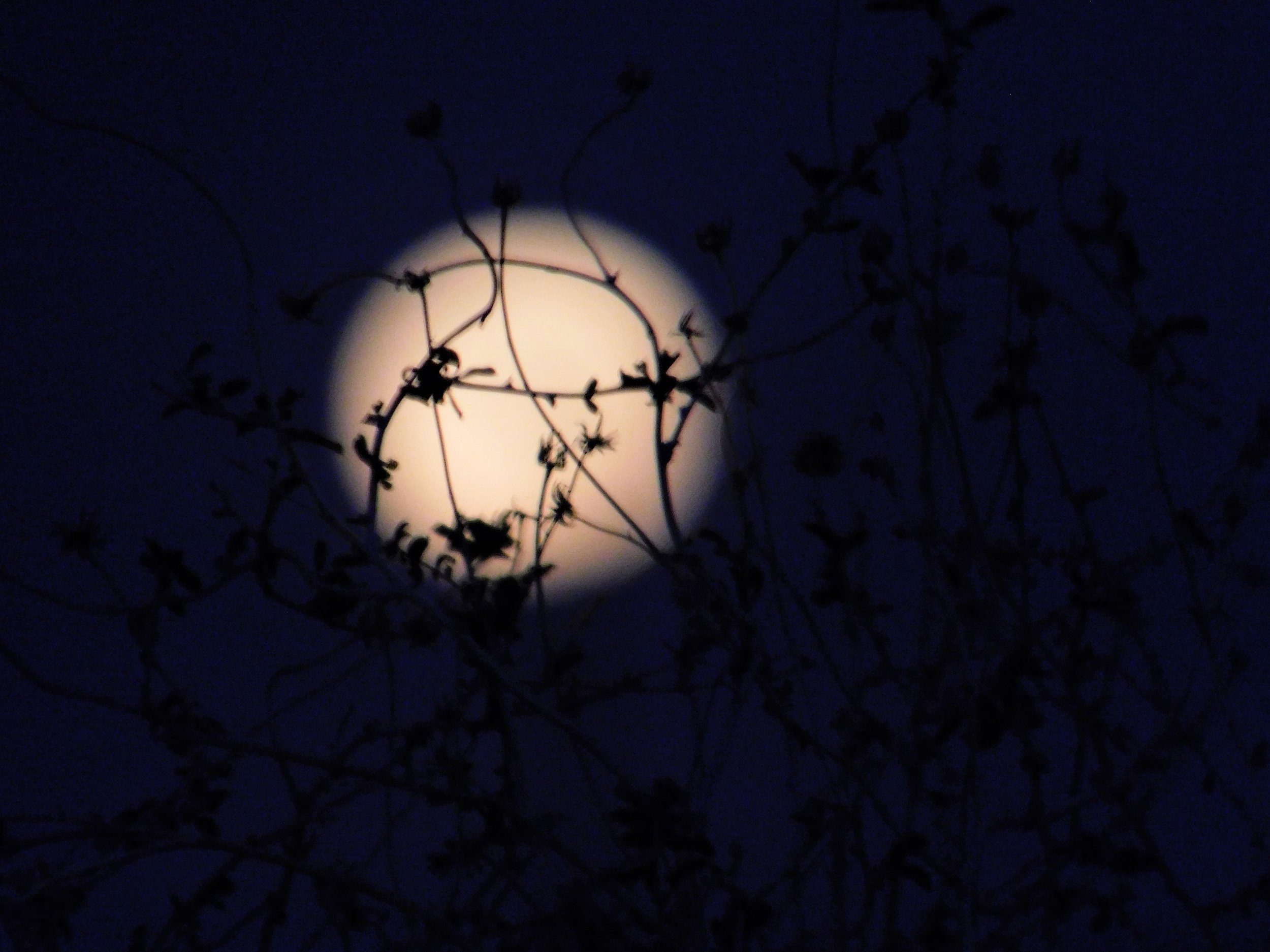

Hiya! I’m Jess!
I’m Jess Carlson, a practicing witch for almost 40 years and a professional tarot reader and witch for 30 years. My journey through the mystical realms of magick and spirituality has become my life’s work and passion. I teach the art of witchcraft, magick, and personal empowerment, infusing everything I do with humor and pop culture references to make it fun and unique. I take what I do and what I teach seriously but that doesn’t mean we can’t laugh and be ourselves while we do it! So if you’re looking for stuffy and serious, this isn’t the place for you. But if you want magick in a fun, down-to-earth, and practical setting, you’re in the right place!
I’m also the proud author of two published books: "How To Learn Tarot" and "Protection Spells for New Witches," which serve as guides for those looking to enhance their magical practices. Through personal coaching and digital products, I help my clients tap into their inner power and creativity, encouraging them to embrace their own unique paths. With me, you can expect a playful and fun approach to some serious witchery to help you discover and master your own magick—because let’s face it, who can truly be a witch if they aren’t also a little quirky?
WORK WITH JESS
-

1:1 Coaching
Ready to take your magickal practice to the next level? Personalized 1:1 coaching is designed with your individual magickal goals in mind to achieve your deepest desires.
-

intuitive READINGS
Intuitive tarot and oracle readings are a great way to check in with your Higher Self and your Guides to gain clarity on the past and the present so you can manifest your greatest future!
-

online LESSONS
Explore online courses available to help you learn techniques and practices within the world of modern Witchcraft and Pagan and New Age spirituality to help you expand the magick in your life.
Magickal Digital Shop!
I love sharing magick and witchy ways in some of the most convenient methods possible. The great thing about digital products is you can make use of them regardless of what kind of device you’re on or where you are. You can take your magick anywhere you go!










